My friend and fellow Bitcoin Cash Hub, @Pantera has decided to start blogging on Medium. It can be very confusing finding one's way around a new platform, so he asked for my help.
I've been writing on Medium since September 2019. It was my first experience blogging for the public and getting paid for writing. It did take me several months to fully figure out the ins and outs of writing for Medium. Now I am an editor of a publication, an owner of a publication, and have 1.6K followers. I earn a bit of money every month. It's a good side hustle.
I'm going to share my experiences here, with you, so you too can have the opportunity to earn more money through your writing, get more followers, and have exposure to a whole different set of readers.
If you are an excellent writer here on read.cash, @CryptoMax, or I might add you as a writer to one of our publications.
In this article I will share with you:
What exactly Medium is and how it works
How to format an article (which Medium refers to as "Stories")
How to add images
How to become a writer for publications
How to submit to a publication
How and where to promote your stories and Medium profile
Let's just jump right in:
What is Medium and how does it work?

Medium is a platform very much like read.cash and Publish!Ox. A place where people can read and write articles. Unlike read.cash, Medium also charges a monthly or yearly fee to read quality content. You get 5 free reads and then you have to pay.
The way I explained it to my family is like this: Medium is a corporation that provides a platform on which people can publish magazines or individual articles for which the writers get paid. Anybody can write and publish to Medium with very little oversight. Pretty much, anybody can write about anything. Any publication can curate any kind of writing.
There are basic rules about no hate speech or plagiarism similar to read.cash. The way people get paid is based on readership and membership. The longer a paid member reads your articles (Medium calls them stories) the more you will get paid. There is an invisible and mysterious algorithm that decides these things.
There are a bunch of publications on Medium. I am most active in The Bad Influence a publication I help edit. I also own a publication but haven't had any activity in a year or more. Publications are similar to communities here on read.cash.
In order to be published in a publication, you must first apply to be a writer. Each publication has different submission guidelines. Once you are accepted as a writer for a publication, the next step is submitting a story.
You do not have to submit your stories to publications. You can just publish under your byline. But if you don't have any followers, nobody will read your stories. Publications have the advantage of having a large following and wide readership. Another advantage pubs have is the newsletter feature. Each publication can have a newsletter sent directly to someone's email box. Newsletters remind people to read the publication and offer links to stories or featured writers.
So, just like Communities here on read.cash, there are publications on Medium. Within communities here, you can read a variety of articles by different authors. Medium publications have a variety of stories by different authors. On read.cash, communities have moderators. On Medium, publications have editors.
When you sign up to be a writer on Medium, they will give you the opportunity to join Medium's Partner Program. You will link your bank account to a Stripe account. Once you have linked your account you are ready to get paid. This is somewhat similar to having a wallet. If you have connected your bank to Stripe you are considered to be behind Medium's paywall. There's a little box to check or uncheck to get paid for each story. There is also the option to automatically keep the box checked. I recommend taking advantage of this option so you don't write a story that goes viral but gets no monetary credit for it because you forgot to check the box.

Unfortunately, not every country is supported by the Medium Partner Program.
Check the list to the left. If your country is not on the list, you may still write for Medium, but you will not be able to join the Medium Partner Program.
Ok. So now you've signed up and joined MPP if you were able. You write a fantastic story and want to publish it, but you are new, so you want to publish it in a publication that has lots of followers.
The best way to find which stories to submit where is to use your 3 free reads (unless you are already a paid member) to find a publication with plenty of followers who publishes the same types of stories.
I will talk more about the membership later on.
Let's say you've found the perfect publication. You have found their submission guidelines. The guidelines talk about how to format your story, where to put the images, the kicker, the title, and the subtitle. Officially there are no hard and fast Medium rules for formatting a story, but certain types of formatting seem to get distributed more frequently.
More about distribution and curation in a minute.
How to format your story on Medium
(these formatting techniques do not work well on mobile devices, unfortunately. On my phone I can make a title and a subtitle, but not a kicker. Captioning photos is also difficult on a mobile device unless you use the built-in Unsplash)

I tend to compose my title before I write my story. I can always go back and change it later. I also tend to compose my stories and articles in Google Docs before transferring them into the editor of whichever platform I'm using. I don't always do this, though and it is unnecessary for you to do it if you don't want to.

I decided actually writing an article about the step-by-step process might be the best way to go. I took lots of screenshots.
To the left is an empty draft in the Medium editor.
Like in read.cash, you immediately see a spot for your title and your story.

To the right, you can see I typed the title in the appropriate section. It will automatically show up in Title font. You need a subtitle, too, for most publications but the subtitle doesn't automatically appear.
A brief word about title case: If you want to be accepted into most publications you will need to learn about title case. Linked is a thorough lesson in the capitalization of the English language. Basically title case is when you capitalize the first letter of every word except for small words like "and, the, an, to, we." Publications on Medium are extremely picky about this and often editors get very impatient with writers. (I'm not one of those editors!!)

Once you've highlighted the subtitle, click on the little T. You'll see your sentence transformed into your subtitle.


Now comes the tricky part. The kicker. Not every publication requires a kicker, and it isn't possible to make a kicker on a mobile device. A computer will be needed. I haven't tried it on my tablet, but I suspect a tablet is similar to a cell phone.

To add the kicker, put your cursor to the left of the first letter in the title and hit enter. Then type in your kicker. This will change the look of the title but don't worry. It will go back when you've added the kicker. Don't Panic!
So I've decided on Tutorial to be the kicker. Often the kicker is where the description of what kind of story you are presenting. Like, "Blog," "Humor," or "Satire."
After you've written your kicker, highlight it again (see above image).

And again hit the little T. Sometimes I actually type the kicker (hit enter), then the title (hit enter), and the subtitle. Then I will go back and highlight in that order: little t BIG T little t
It will be second nature to you in no time. I don't even think about it anymore. It is like tying my shoes, riding a bike, or using a spoon or chopsticks. I just always know how without thinking.
How to add images
The next important part of formatting your story will be the image. Medium says it doesn't matter whether the title comes before the image or the image comes before the title. I don't think it is in the medium guidelines, but it is suggested that every story has at least one high-quality image with proper accreditation. Medium tends to like to see the photo credit right under the photo in the captions spot. Medium has a contract with Unsplash, just like read.cash does. But there are so many places you can find high-quality, license-free photos. Pexels, Pixabay, iStock, and Wikimedia Commons are just a few places.
Adding an image is as simple on Medium as it is on read.cash.


Click on the cross and you'll see the options bar.

The option are the camera which takes you to your own downloaded images or photos, the magnifying glass which takes you to a search on Unsplash for images, a play button which takes you to add a video, the two arrows pointing to different directions takes you to embed, and the two dashes will make a three dot separator line.

For ease, I often click on the magnifying glass. The Unsplash search on Medium seems a bit more thorough to me when compared to read.cash. When you click on your preferred image, the image is immediately captioned.

This image, directly under your title will act as your lead image and will be displayed next to your article's title on the Medium homepage.
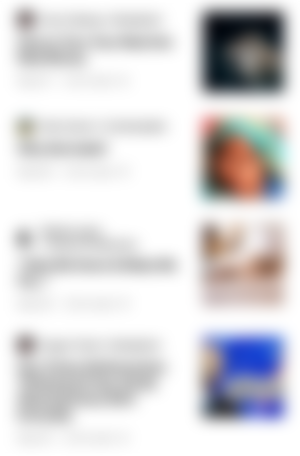
All that's left now is to show you how to become a writer for a publication, how to add your story to a publication, and where to promote your stories.
This tutorial is turning out to be quite lengthy. It won't hurt my feelings if you bookmark it and refer to it later for each different section.
Once you join Medium, either as a writer or a member (or both) you'll discover so many stories and tutorials on Medium about Medium.
You'll also discover a lot of "This Is How I Made Thousands of Dollars on Medium" stories. Some of them are even true.
How to become a writer for a publication
Sometimes it happens that a writer publishes a story on Medium under their byline only. In other words, not in a publication. This is what most new writers to Medium do. I did. @Pantera did, too. Then something unexpected happened. In my case, an editor for a publication read the story and asked if I would be willing to publish the story in their publication. Of course, I said yes and they made me a writer. Once I was a writer for that pub, I could submit stories of a similar topic to the publication without an invitation.
This doesn't happen every time. I don't know how often it actually happens, so I wouldn't count on receiving an invitation. Instead, you'll have to find a compatible publication and submit a story.

To the right is a screenshot of a publication's home page. Their tabs are very basic and self-explanatory. This is the publication that solicited the second story I published on Medium. It kind of freaked me out, to be honest. Someone official wanted to publish my work. I rode that high for a few days.
When you find a pub you think will be a good fit for your story, go to their homepage. Above, you see 4 tabs to choose from. Click on the Submit tab.
Not every pub will have the same tabs or label the tabs the same way. The Bad Influence, for example, includes many different submission guidelines under the tab #BeingBad.
You can figure out the tabs pretty easily by clicking around and reading whatever comes up within a publication.
I'd like to interrupt this tutorial to talk about Medium Membership.
You absolutely do not have to purchase a Medium membership in order to write on the Medium platform. But. But in order to familiarize yourself with Medium, you will need to do a lot of reading on Medium. Without a membership, you are only allowed to read 3 stories for free. If you are trying to find the submission guidelines of a given publication, you may need to read more than 5 stories. In addition, many writers for Medium are also going to be your followers. Remember, only paid member read time counts toward your payment. Many writers on Medium don't bother following or reading non-paying members because they assume people do read for read. And a lot do. They don't want to waste their time on someone who can't or won't return the favor. I can tell you from personal experience that my monthly income from Medium usually covers the monthly membership fee (which is $5.00/month or $50.00/per year). It will be up to your own discretion whether you become a paid member, or not.
Now back to our regularly scheduled programming.
Once you've determined a good fit for your writing, applied to be a writer to a publication, and written a well-formatted story it is time to add your article to a publication.
How to submit your story to a publication

When you've finished writing, editing, revising, doing a spell check, and running your story through Grammarly ( I highly recommend each and every one of these steps for any writing you do, but in particular for Medium), you will have 2 choices.
You can immediately hit the publish button, which will take you through a few more steps, and then publish your story under your byline or you can add your story to a publication.
To add your story to a publication, you must first be logged on to a computer. A desktop or laptop. Unfortunately, I've never found a way to submit to a publication using my mobile.
Once logged on and in the draft for your story, look for the three dots next to the bell (notifications icon) by your profile picture. Click on the dots and a drop-down menu will appear.

Click on "Add to publication"
Keep reading. We're almost done!
No publication is set as the default option.
You Must now find the publication to which you want to add your story. Click on the circle next to the publication name. You might need to scroll down a little to find the
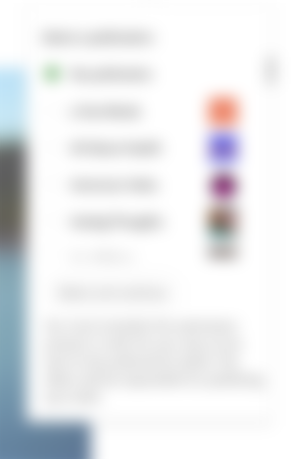
"Select and continue "button.
This button is so important and very easy to miss. Especially if you are a writer for more than one publication, as I am.
So really don't forget to scroll down if you don't see it immediately. Otherwise, your story will be published under your byline only, and not added to any publication. This can be a problem because a lot of pubs will only accept unpublished stories. If you accidentally publish it to your byline, only, they might consider it previously published.
So be extra careful about this step.

Still with me? We're almost done.

The above image is taking you to the last steps. Once you hit submit, you will be taken to a page where you will tag your story with up to 5 tags, and verify your story is behind the paywall (so you can get paid).

A word about distribution.
Distribution, previously called curation, is something Medium does to get more eyes on a story. The ins and outs of distribution are mysterious and complicated. There are stories galore on Medium discussing distribution/curation. Everything from what tags to use, to topics, to formatting. I suggest you check out Casey Botticello. He has published the most helpful guides covering just about every topic concerning Medium. I relied heavily on his work when I was a Medium noob. Bottom line: distribution is good. It is something to reach for. Distributed stories earn more money and more readers. At least in theory. Aim for distribution!
Certain tags are more likely to get distributed. Tags like: "This happened to me" "Self" and "Humor". Check out Casey's list. Follow the link above.

Double and triple-check that you have marked the box next to "Meter my story so it is eligible to earn money.

Finally, click on the submit to publication.

BOOM! Your story has been submitted.
The next thing to do is wait. The editors of the publication will read your story and see if it is acceptable. If it is, they will publish it.
If your story gets rejected, or if you don't hear from the publication for several weeks, (even months) you might want to try somewhere else.
Sometimes editors will tell you why they are rejecting your story. DO NOT ARGUE WITH THE EDITOR. Not even if you disagree with the reason for rejection. Thank them and politely ask if they can re-submit once changes have been made. If they say yes, make the changes and re-submit. If they say no, make the changes and move on. Try a different publication or simply publish to your byline.
When your story is accepted into a publication, you will see this:

How and where to promote your stories and your Medium profile
The first step is to take advantage of the social media platforms already connected to Medium. You will need accounts there, obviously. If you don't have accounts, make them.
You can copy your friend link to share with friends and family. They will be able to read your story without a Medium membership. The reads won't count, but this is a way to build a following.
Don't discount LinkedIn as a resource to build followers. The Bad Influence has more followers on LinkedIn than on Medium, Twitter, and Facebook combined.
Facebook is an awesome place to promote your stories and yourself. There are a ton of Medium-centric Facebook groups. You can join tutorial groups, poetry groups, women's groups, all centered around Medium. A lot of publications have Facebook groups dedicated to promoting their writers. You will find a lot of encouragement and also read for read scenarios on Facebook.
Twitter is also a great place to promote your work. You can pin your Medium profile link to Twitter.
A lot of people go to Instagram and Reddit.
You can promote yourself on read.cash and noise.cash if you like.
I generally do not link my Medium stories to read.cash, but I often recycle my read.cash stories to Medium.
Of the two blogging platforms I personally prefer read.cash. It pays better, and has a more transparent payment system.
If you decide to join Medium as another blogging platform, please let me know how you do. I hope this article helps.
As always, I'm on the lookout for sponsors. Sponsorship helps fund tutorials like this one. I am always on the lookout for sponsees. I enjoy giving back to the community, here. If you are looking for a sponsor, please let me know in the comments.
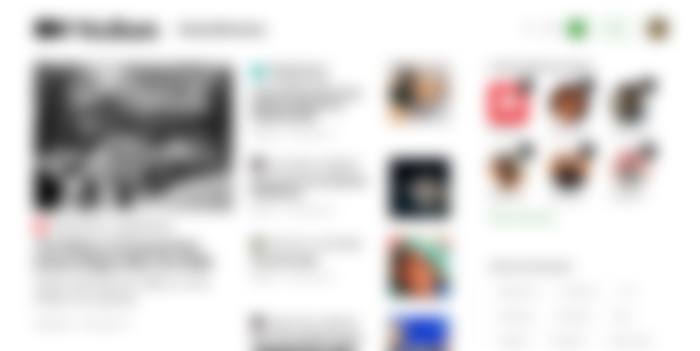
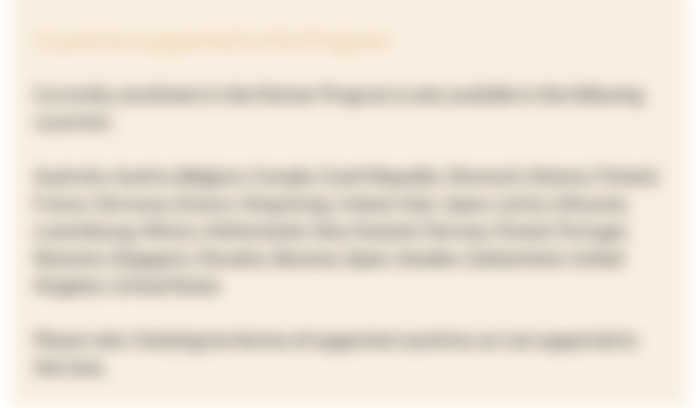












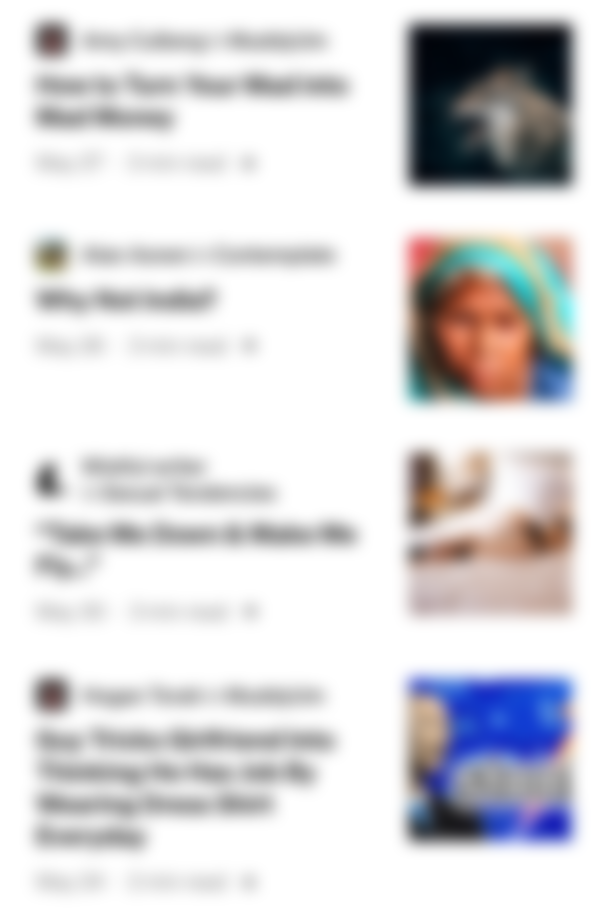


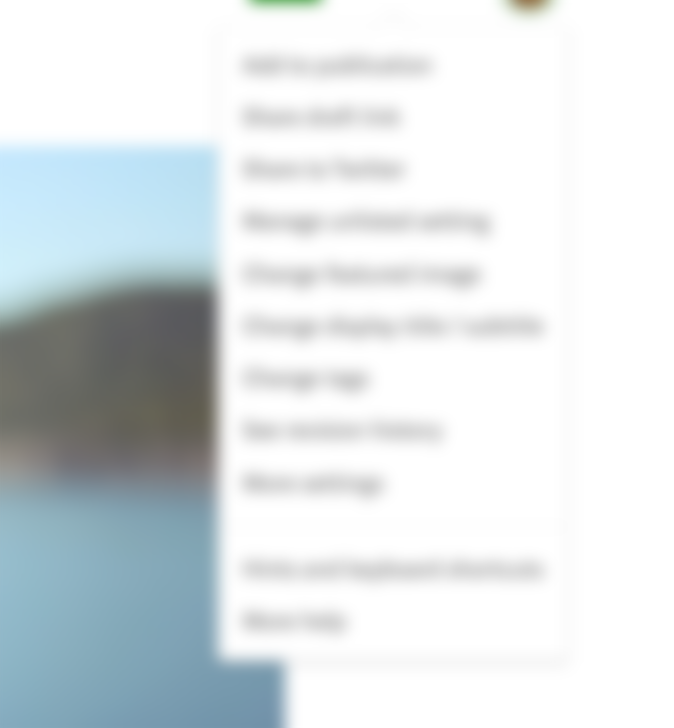
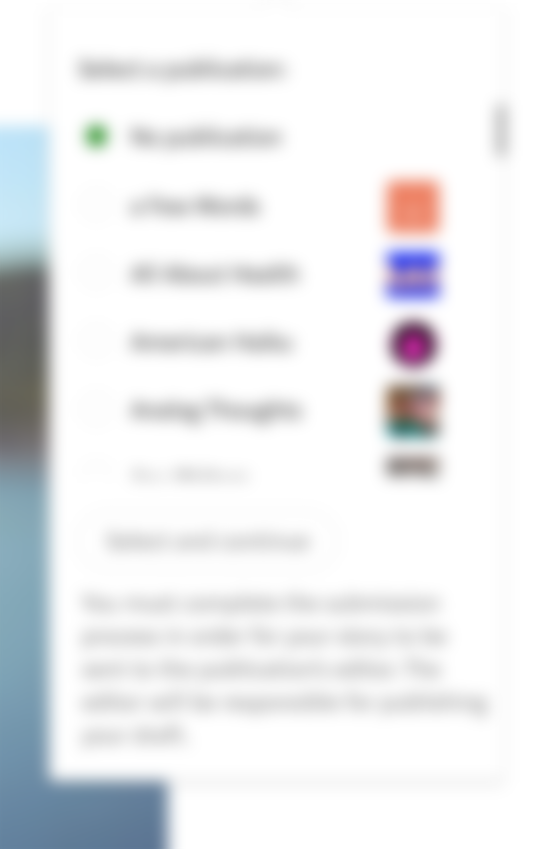
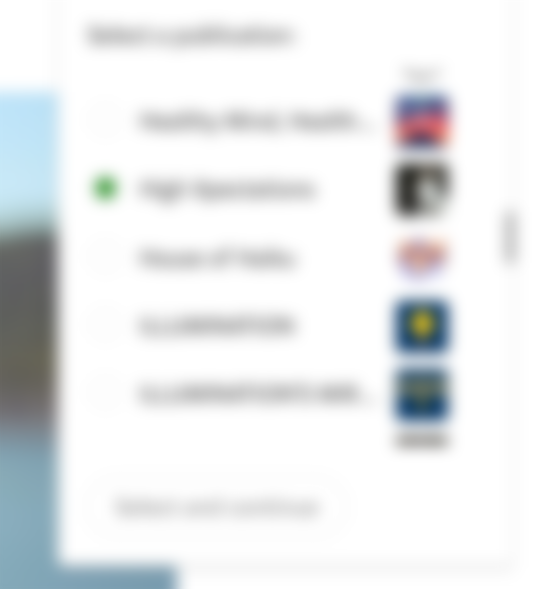




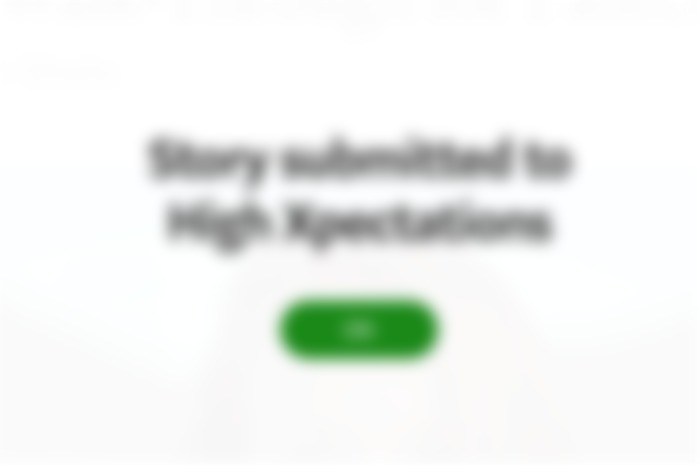
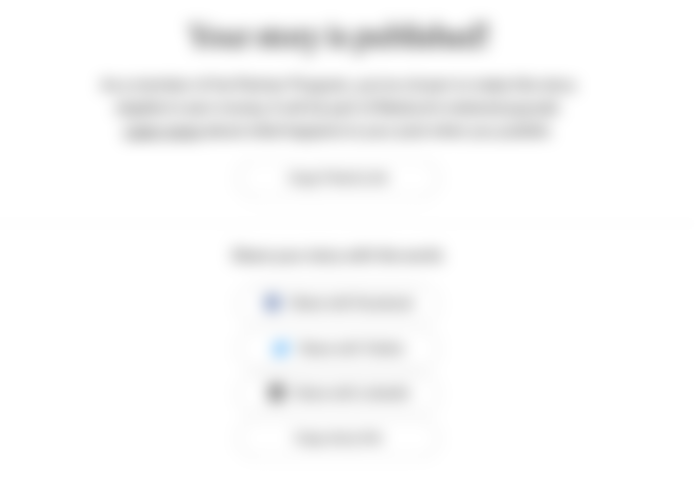
How can I get my medium article approved on the publication called the startup help